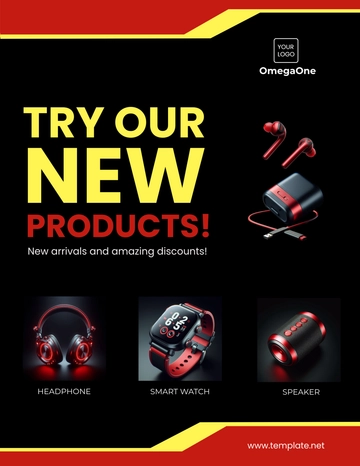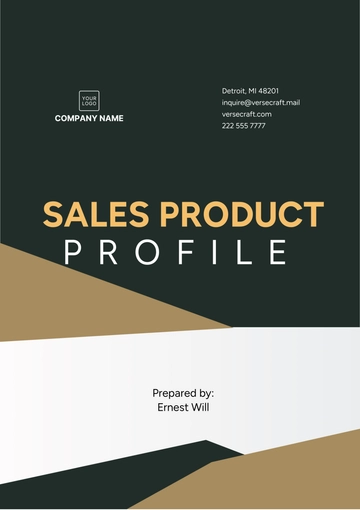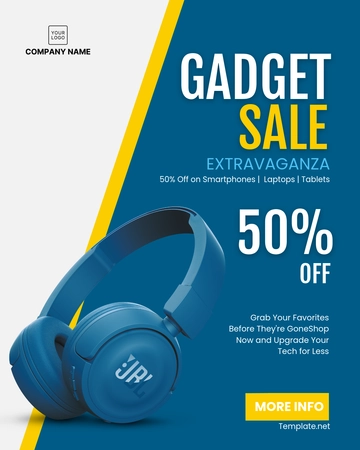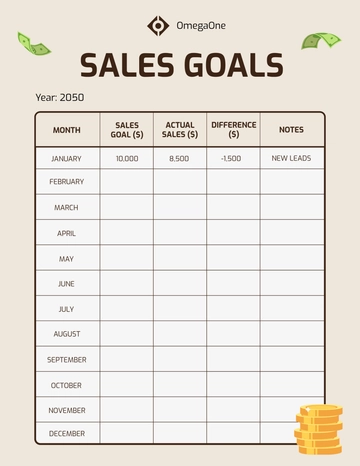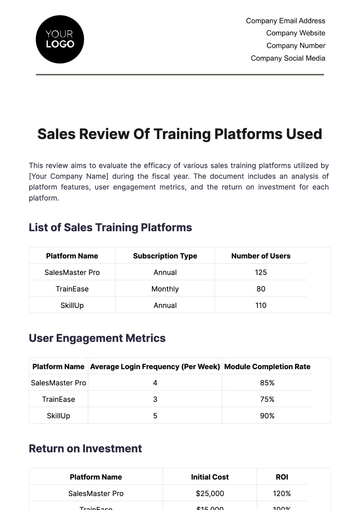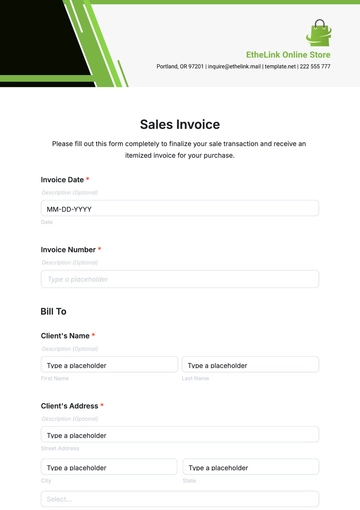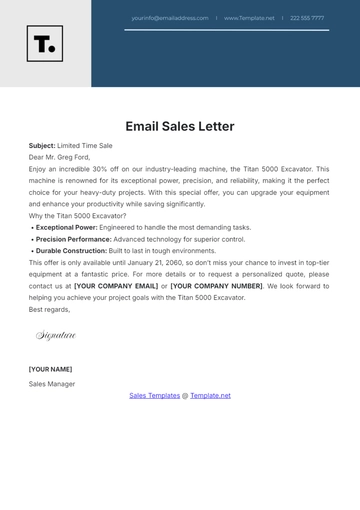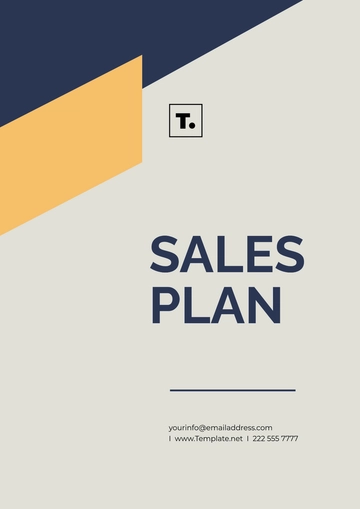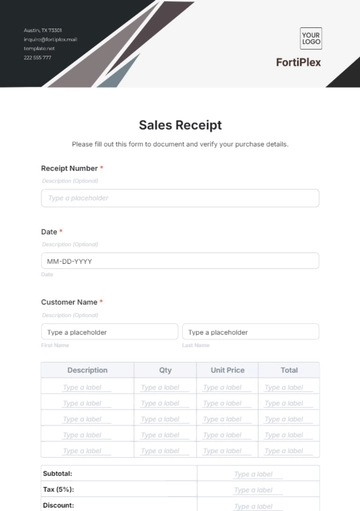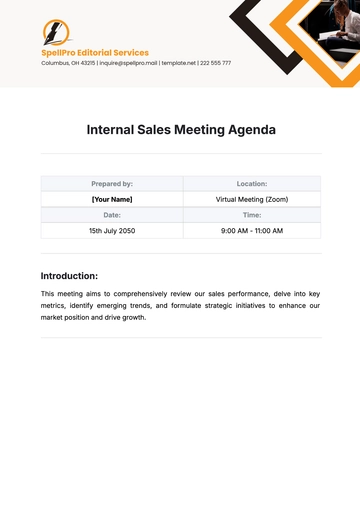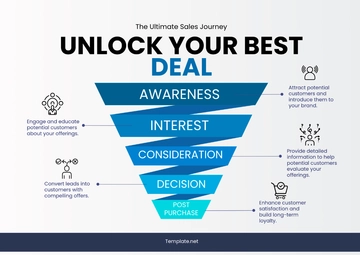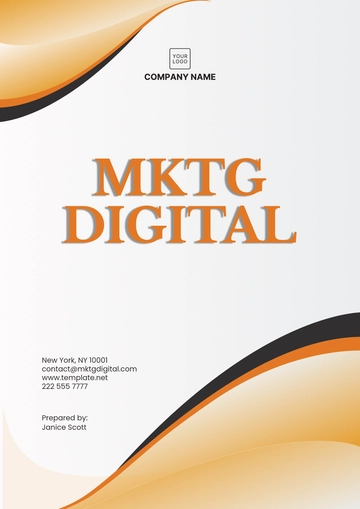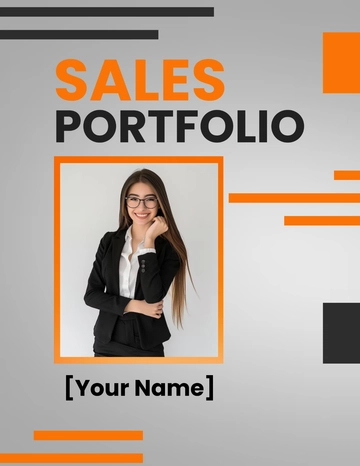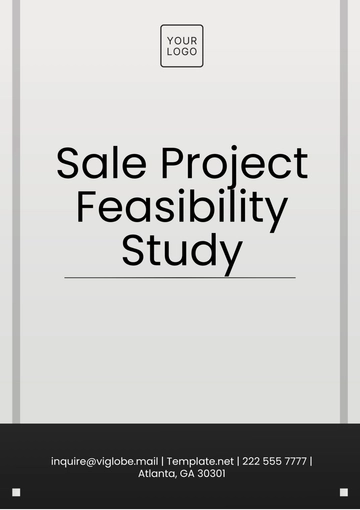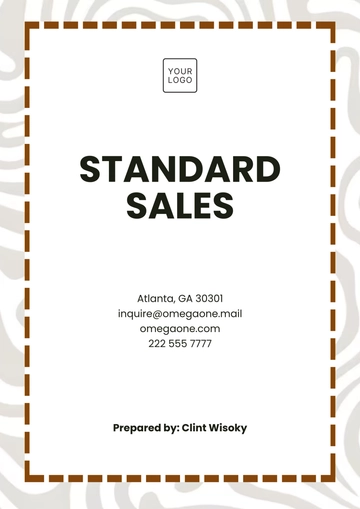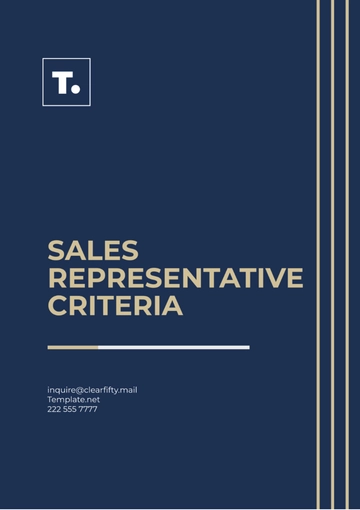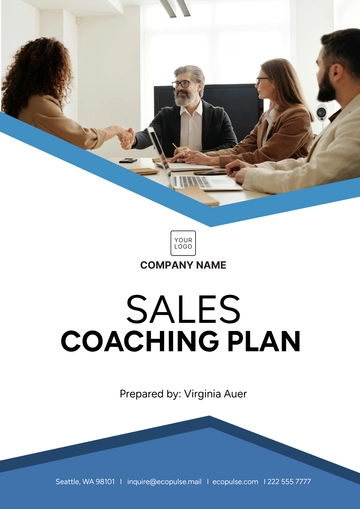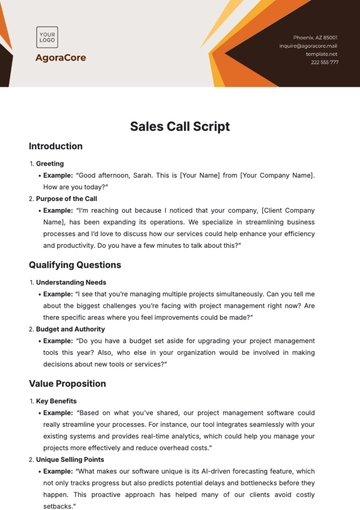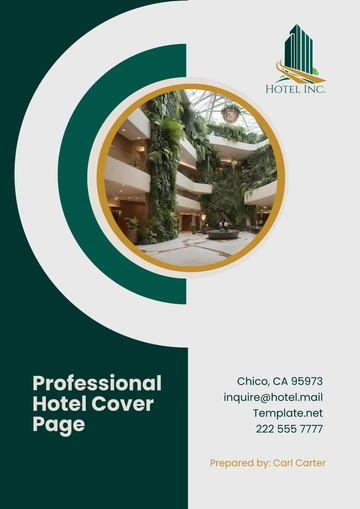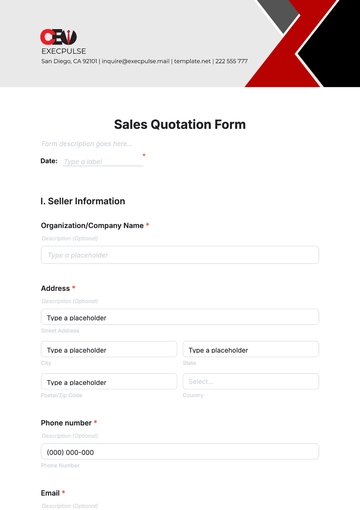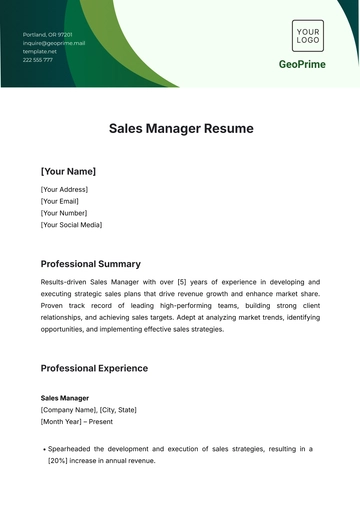Free Sales Minute of Post-Trade Show Debrief

Date: April 10, 2050
Location: [Your Company Address]
Time: 10:00 AM – 11:30 AM
Attendees:
[Your Name], Sales Director
[Name], [Job Title]
[Name], [Job Title]
[Name], [Job Title]
[Name], [Job Title]
Not Present:
N/A
Opening of the Debrief
The debrief session was initiated by [Your Name], who welcomed the attendees and briefly reiterated the purpose of the meeting: to analyze the outcomes of the trade show, gather insights, and identify strategies for nurturing leads and capitalizing on opportunities uncovered during the event.
Overview of Trade Show Participation
A. Objectives
[Your Name] provided a recap of the objectives for participating in the trade show:
To generate 150 quality leads
To increase brand awareness among attendees
To initiate partnerships with at least 5 potential [Your Partner Company Name]
To showcase the new [Event Name] product line
B. Achievements
[Name] presented the achievements, outlining that the team:
Garnered 200 leads, surpassing the target by 33%.
Engaged with over 500 attendees, indicating heightened brand awareness.
Initiated conversations with 7 potential partners.
Analysis of Trade Show Activities
A. Booth Performance
[Name] provided a detailed report on booth traffic, using data collected from badges scanned and engagement activities at the booth:
Average visitors per hour: 25
Total visitor engagements: 500
Lead capture rate: 40%
B. Lead Quality
[Name] presented the lead quality assessment:
80% (160) of the leads were categorized as high-quality based on their purchasing power and expressed interest.
20% (40) required further qualification.
Lead Follow-Up Strategies
A. Immediate Follow-Up Actions
[Name] proposed immediate follow-up actions for the leads:
Sending a thank you email within 48 hours to all leads.
Scheduling calls with high-priority leads within one week.
Distributing leads to relevant sales reps along with detailed notes from the trade show.
B. Long-Term Nurture Program
[Name] introduced a long-term nurture strategy to keep [Your Company Name] top of mind:
Monthly newsletter inclusion.
Invitations to upcoming webinars and events.
Periodic check-ins by customer relationship management.
Budget Review
A. Trade Show Expenses
[Your Name] presented a breakdown of the expenses against the budget:
Item | Budgeted Amount | Actual Amount | Variance |
Booth design and setup | $30,000 | $28,500 | -$1,500 |
Travel and accommodations | $15,000 | $14,750 | -$250 |
Promotional materials | $10,000 | $9,800 | -$200 |
Staffing and training | $5,000 | $5,250 | +$250 |
Miscellaneous | $2,000 | $2,600 | +$250 |
Total | $62,000 | $60,900 | -$1,100 |
B. Return on Investment (ROI)
[Name] discussed the initial ROI based on the leads generated and the potential deals in the pipeline:
Estimated value of leads: $600,000
Cost per lead: $304.50
Potential ROI: 983%
Marketing Feedback
A. Trade Show Promotion Effectiveness
[Name] reviewed the effectiveness of trade show promotions:
Social media campaigns reached over 20,000 impressions.
Email marketing had an open rate of 32% and a click-through rate of 8%.
B. Audience Engagement
[Name] analyzed the audience engagement:
The new [Event Name] demo was attended by 150 participants.
The interactive sessions had a feedback score of 4.5/5.
Strategic Recommendations
A. Enhancements for Future Trade Shows
[Name] put forward strategic recommendations for future trade shows:
Invest in a larger booth space to accommodate higher traffic.
Utilize more interactive technology to showcase products.
Offer exclusive trade show discounts to incentivize immediate sign-ups.
B. Partnership Development
Jordan Smith suggested approaches for nurturing potential partnerships:
Arrange in-person meetings with the 7 potential partners within the next month.
Develop custom proposals highlighting mutual benefits.
Closing Remarks
[Your Name] concluded the meeting by thanking the team for their hard work and dedication, emphasizing that the insights and strategies developed during the debrief would play a crucial role in maximizing the trade show's return on investment. A follow-up meeting was scheduled for May 15, 2050, to review the progress of the lead follow-up strategies and partnership developments.
Minutes prepared by: [Your Name]
Minutes distributed to: All attendees via [Your Company Email]
Next Meeting: [Month Day, Year], at [Your Company Address]
Sales Templates @ Template.net
- 100% Customizable, free editor
- Access 1 Million+ Templates, photo’s & graphics
- Download or share as a template
- Click and replace photos, graphics, text, backgrounds
- Resize, crop, AI write & more
- Access advanced editor
Discover the ultimate solution for seamless post-trade show analysis with Template.net's editable Sales Minute of Post-Trade Show Debrief Template. Customizable to fit your team's needs, this AI Editor Tool empowers you to swiftly assess leads, competitor insights, and booth performance in just minutes. Maximize ROI and refine future strategies with ease.
